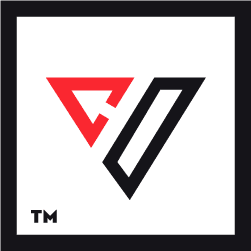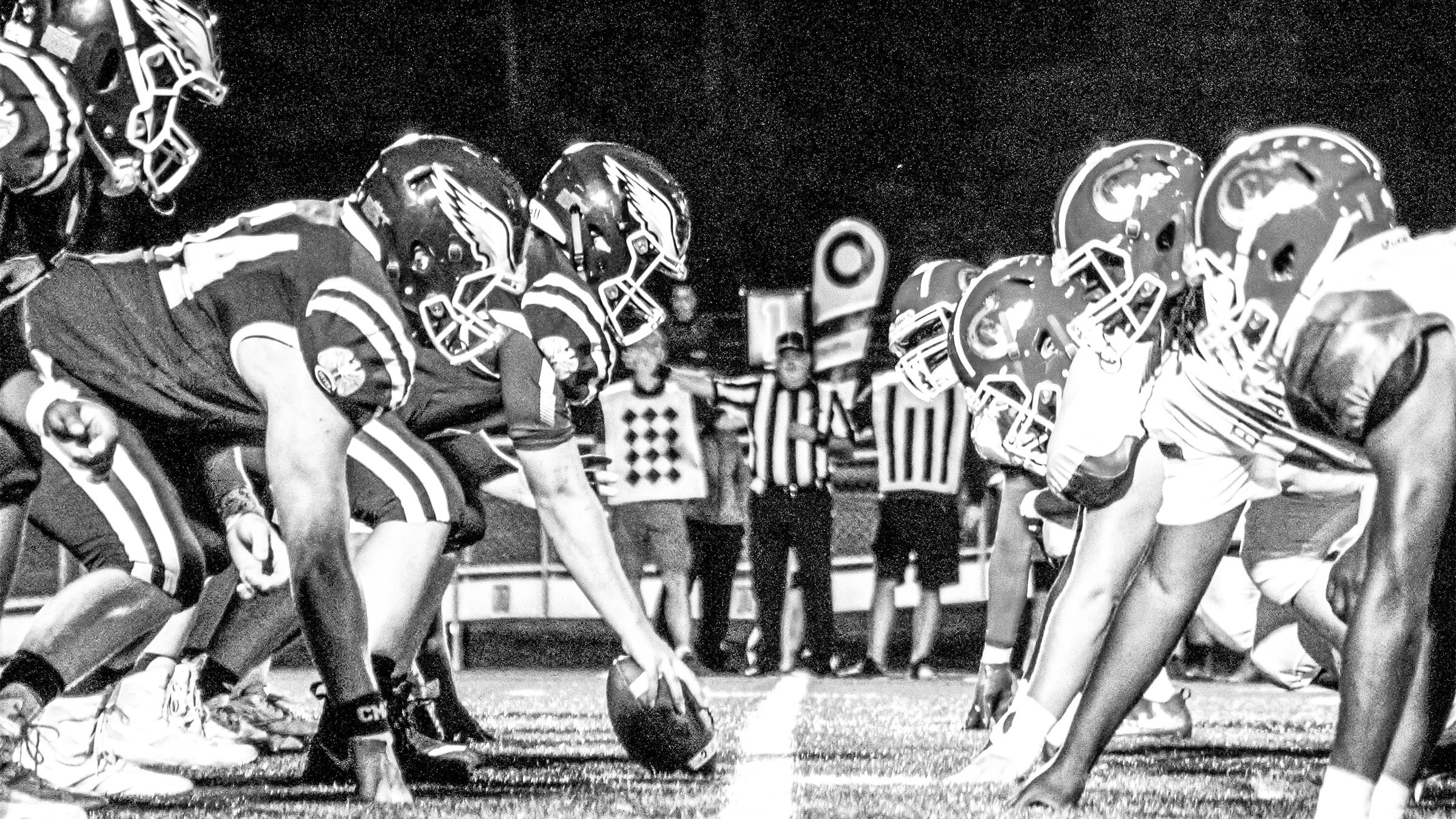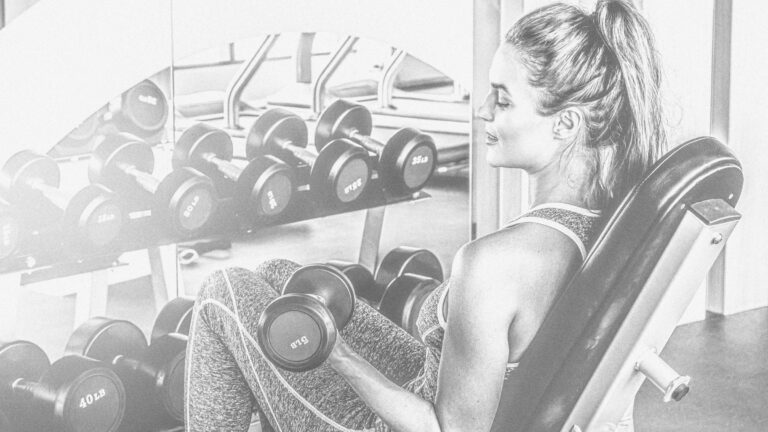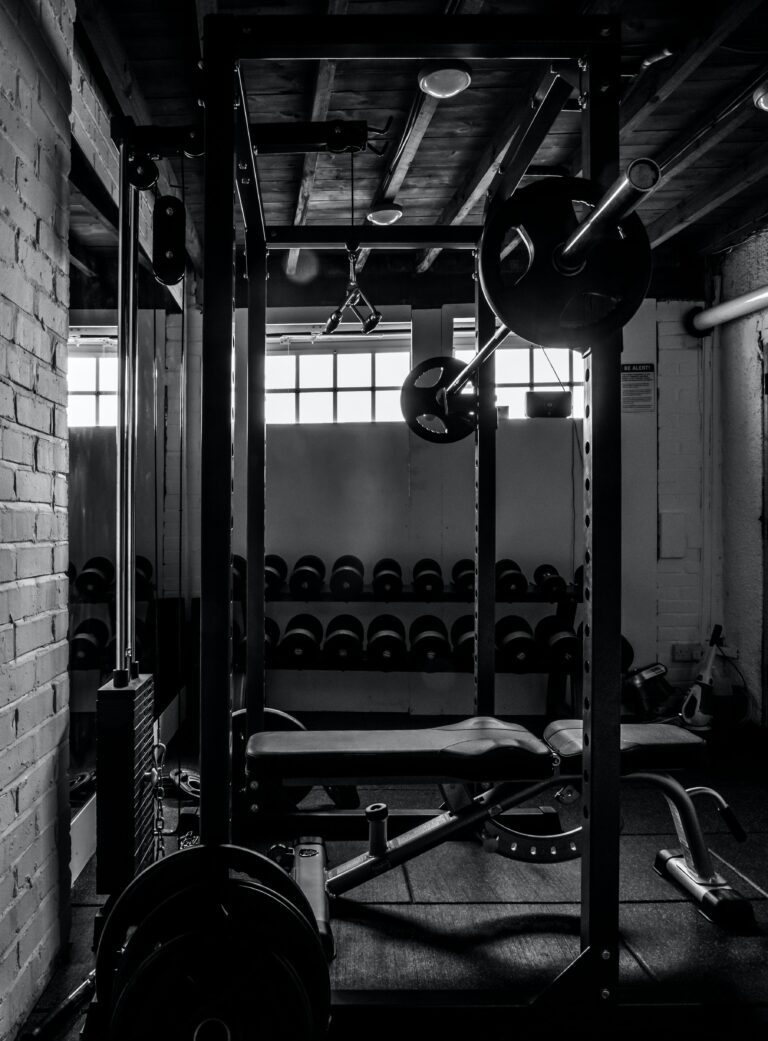

Over the past few years, the fitness clothing line business has significantly expanded. Activewear has outgrown its humble beginnings as sweaty gym clothes and has now sprouted brands with a cult-like following.
Products like sweatshirts, hoodies, and polo shirts have become staple pieces of modern lifestyles and are worn for numerous occasions. This might make some people wonder how to start a fitness apparel line.
One of the more significant changes detected in the industry is the sudden merging of everyday clothes and workout clothes. With consumer whims changing faster than the fashion seasons, eCommerce store owners take the forefront of apparel retail, specifically gym wear and gym gear. At the same time, mass-market brick-and-mortar shop producers failed to adapt to this demand-focused module that began on the gym floor.
They’d have to endure carrying extra pairs of workout clothes, but nowadays, they can quickly go to work after a fitness session with the help of athleisure wear. With the rise of more spiritual, physical activities like yoga, activewear has become a part of the wellness lifestyle and is worn outside training grounds.
This phenomenon is known as athleisure. And because of the growing trend of healthier habits, demand is at an all-time high.
The competition is fierce, with both established brands and small businesses fighting against one another. Global industry analysts believe that the niche market will continue to grow as the years go by.
The fitness clothing line segment in the fashion industry is booming—so much so that experts predict there’s no other way for the market to go but up. Today’s the perfect time to start a fitness clothing line.
Understandably, not everyone is ecstatic to come in and join in on the fun. Sure, there’s a large market and big competition among small businesses that sell workout clothes. But if you’ve been thinking about starting a fitness clothing line and becoming one of those athletic brands, this is your sign.
Let’s discuss creating a fitness clothing line—from the basics to the four elements you need to succeed.
Educate Yourself on Manufacturing & Workout Clothing Design
Budding businesses can learn from this approach and use detailed market research to guide the delivery of promotional campaigns to target audiences and delve deeper into the passions and expectations of consumers and align with them.
You can conduct this research through a combination of activities, including focus groups, consumer interviews, in-store and online feedback forms, and more. To sell the best gym clothes for your marketing, start by asking people who buy workout clothes who know how their way around their workout gear and other fitness apparel.
Despite the undeniable and massive range of competition present in the market, experts say that newer brands shouldn’t be intimidated by any outdoor voices or even a global brand! Keep in mind that fitness apparel and gym clothes too can start small.
So to get you started, here’s a step-by-step process on creating your own successful fitness clothing line.
Understanding the Target Audience & Fitness Apparel Industry
With such a saturated market, finding a niche becomes lucrative to the success of a small business—and the only way you can do this is by studying the existing market. Take a look at your potential competition and get to know the industry.
Use your research to determine your target customer and start creating a profile of your small business’s potential customers. Gather all of the information you have and put your ideas to work by designing garments that fit your target audience’s needs.
Do they want performance fabrics? Are they after timeless designs? Do they look at social issues (mental health and global warming) supported by your fitness brand? Do they look for fitness influencers? Or do they want deep-dive and high-performance activewear?
Don’t limit yourself to thinking that activewear is meant only for gym rats and sports enthusiasts. As the word suggests, athleisure combines athletics and leisure and can easily be described as comfortable clothing, while streetwear transforms similar products into opinionated and fashionable statements.
Moreover, the active lifestyle has long moved past gym walls. Your customers are active people and have gathered like-minded people around them. A single picture of a customer using your products is sure to travel further than you could reach on your own.
Another great way to snowball is to collaborate with instructors and coaches. They have their following and can raise your brand equity and reach by endorsing, promoting, or simply using your products in day-to-day life. This is especially important for sportswear-focused apparel lines and workout gear perfectly suited for performance over design.
An excellent understanding of your niche and your target audience is a must. This determines the product mix you’ll be offering and the marketing strategy you’ll be doing. Your fitness clothing line needs its target market to sell its fitness clothing successfully.
Develop a Solid Business Plan
So now that you’ve done your research and have identified your target market and your competitors, you start building your solid business plan and your brand. You can choose to focus on a custom-made clothing line that requires tailoring know-how and would need to be designed from scratch.
This approach would involve more high-cost risks and could justify higher pricing. Another way to create an athleisure line your customers would love is to innovate and offer mixed-use products that withstand the test of various activities.
A solid business plan will guide you from the start to the end of your fitness clothing line. Start by identifying the business model you want to use. And when it comes to models in the garment industry that your business plan could follow, there are three standard options; print-on-demand, private label clothing line, and custom cut and sew clothing line. Take some time to learn each business model before proceeding to choose one.
Remember that this approach can lead to out-of-style products left in storage due to the demand-focused market if your brand does not have strong enough equity. Once your business model is done, and you’ve done all of the market research you need, you can start building your brand identity.
Source Materials that Reflect the Season
Start looking into local manufacturers you can work with. Make the time to check their fabrics out and start building a relationship with them. While it’s tempting to jump on your sketchbooks and start creating designs, it’s best that you first check the resources you have around you.
Set up meetings with distributors or manufacturers, and don’t forget to ask for references. This will help you determine whether they’re fit for your small business needs or not.
Additionally, although most athleisure items are used all year round, it doesn’t mean they have to be sold that way. We’ve emphasized how much athleisure is driven by customer demand and how often it changes. Try to think ahead of time and prepare collections in advance.
Mix up your product range, so it’s more appropriate for each season, and create different designs for different times of the year. Be mindful of where your target market is located—introduce light-reflective running attire for northerners or sweat-proof tank tops for southerners.
Once you source the materials for manufacturing, you can start working on the gym apparel designs and technical fabrics.
How to Start An Athletic Clothing Line
With everything packed and ready, you can start prepping the licenses you need to operate and start working on establishing your online presence. Whether you’ve chosen to work in an actual shop or stick with an online store, digital marketing should be a long-term strategy in growing your workout clothing small business. Many people don’t see online marketing campaigns and websites as a priority—when in reality, these two factors are the machine of growth and sales.
Start small by thinking about your website and developing it. Once you’ve done this, you can start creating your accounts on social media platforms and promoting them to your close friends.
Remember to be as active as your customers! Having the same interest and enthusiasm toward sports and fitness will make your brand more authentic and desirable.







